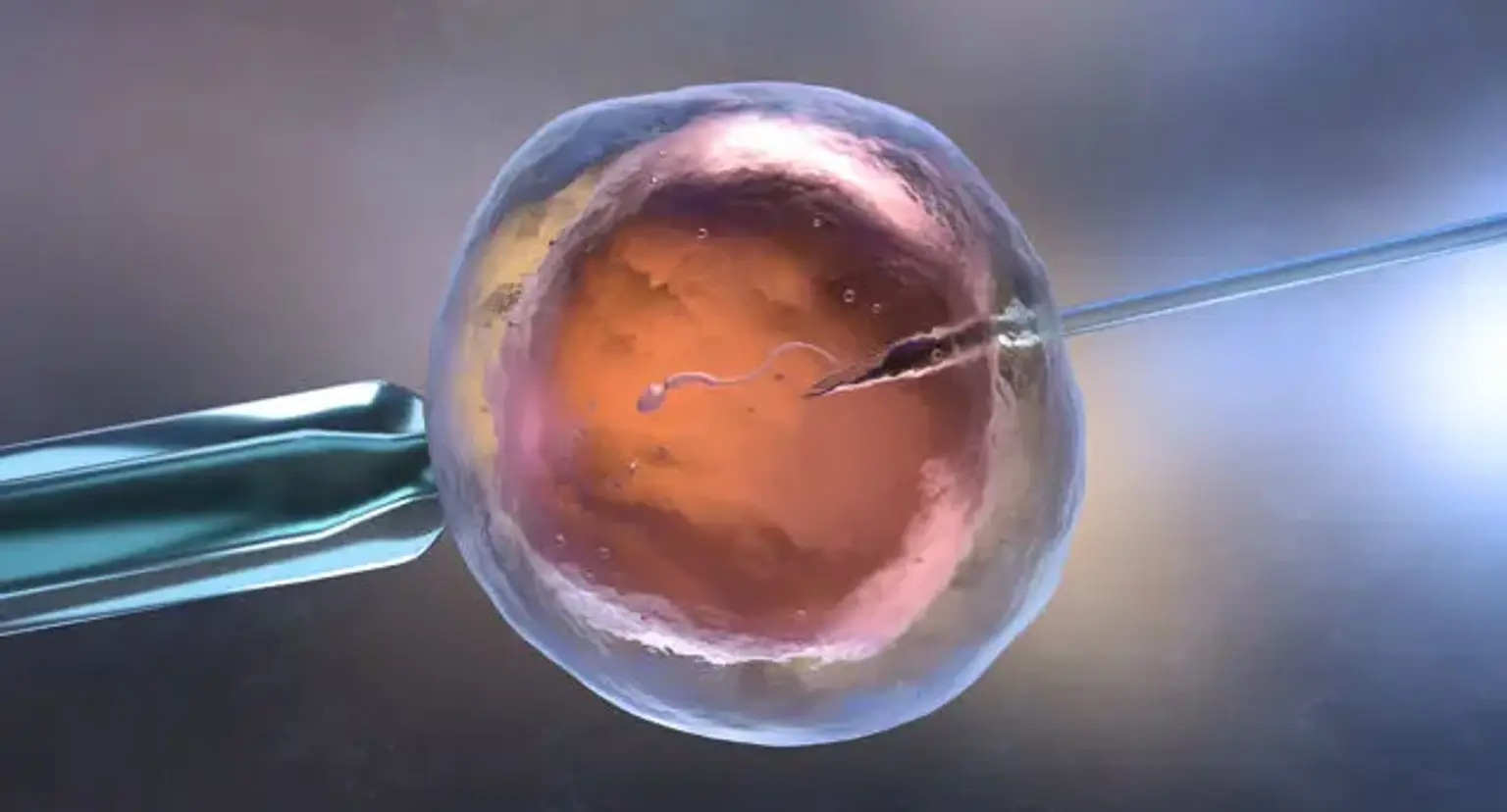Artificial Insemination
Background
Infertility is defined as the inability to achieve a pregnancy after a year of spontaneous attempts. Infertility affects about 10% to 15% of the reproductive-age population, though the rate varies depending on the age of the women. Infertility is less common in younger women and more common in older women. When a couple is unable to conceive, an evaluation is performed; a treatment plan is developed based on this evaluation and the couple's personal history.
Intrauterine insemination (IUI) with or without controlled ovarian hyperstimulation (COH) is typically recommended for women with an ovulatory problem, unilateral tubal disease, cervical origin early-stage endometriosis, or no identifiable causes (so-called unexplained infertility). This treatment has a number of advantages. The medication required is minimal, the procedure is noninvasive, the laboratory requirements are not overly complex, and most importantly, it is inexpensive.
The efficacy, on the other hand, is not very high. During each cycle, a healthy young couple attempting to become pregnant naturally has a 25% chance of success. IUI pregnancy rates range from 10% to 20% (per cycle), and cumulative pregnancy rates range from 30% to 45%. Aside from the relatively low success rates, another issue with IUI is the risk of multiple gestations, particularly high order multiple gestation, when multiple follicles are stimulated to grow.
